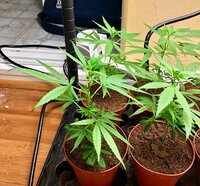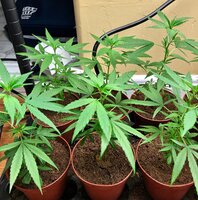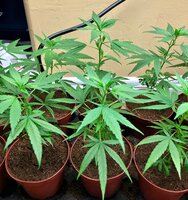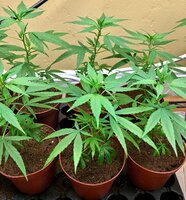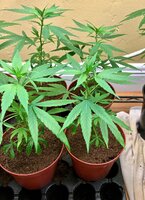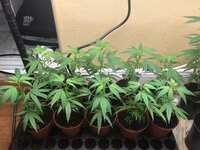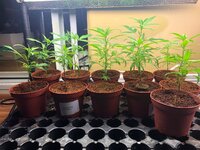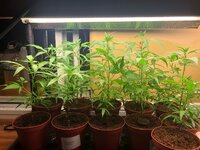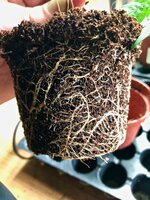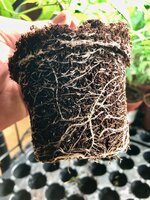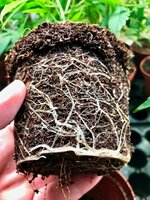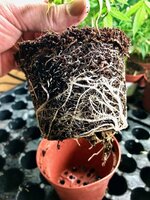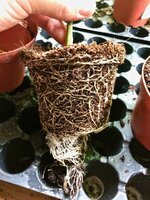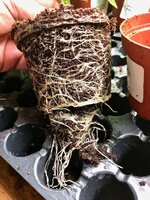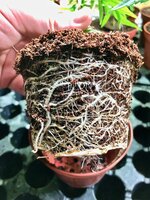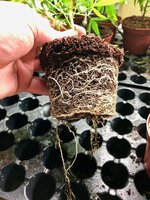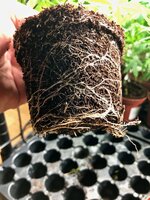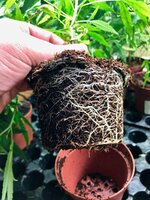- Thread starter
- #21
SDPrestigeResearch
420 Member
Yes I have my mother plant with stable genetics that has been bred for certain characteristics as well as inbred to stabilize the genetics. From there I am taking many cuts of the same length and diameter to make sure they all start equal. From there I want to test an ecklonia maxima kelp species vs an ascophyllum species to see if it is true that the ecklonia maxima species has higher auxin counts then the ascophyllum species. With this test, I am purely feeding the clones the kelp and will test based off the speed and growth of the roots which cuttings seem to have a better auxin response(rooting response). This is what I am starting with and then will move to testing which forms of kelp extraction seem to do best in the different medias and as well as physiological plant response. I just figured I would put it out there for others to try to make their own tests after seeing this info. Happy Growing!




